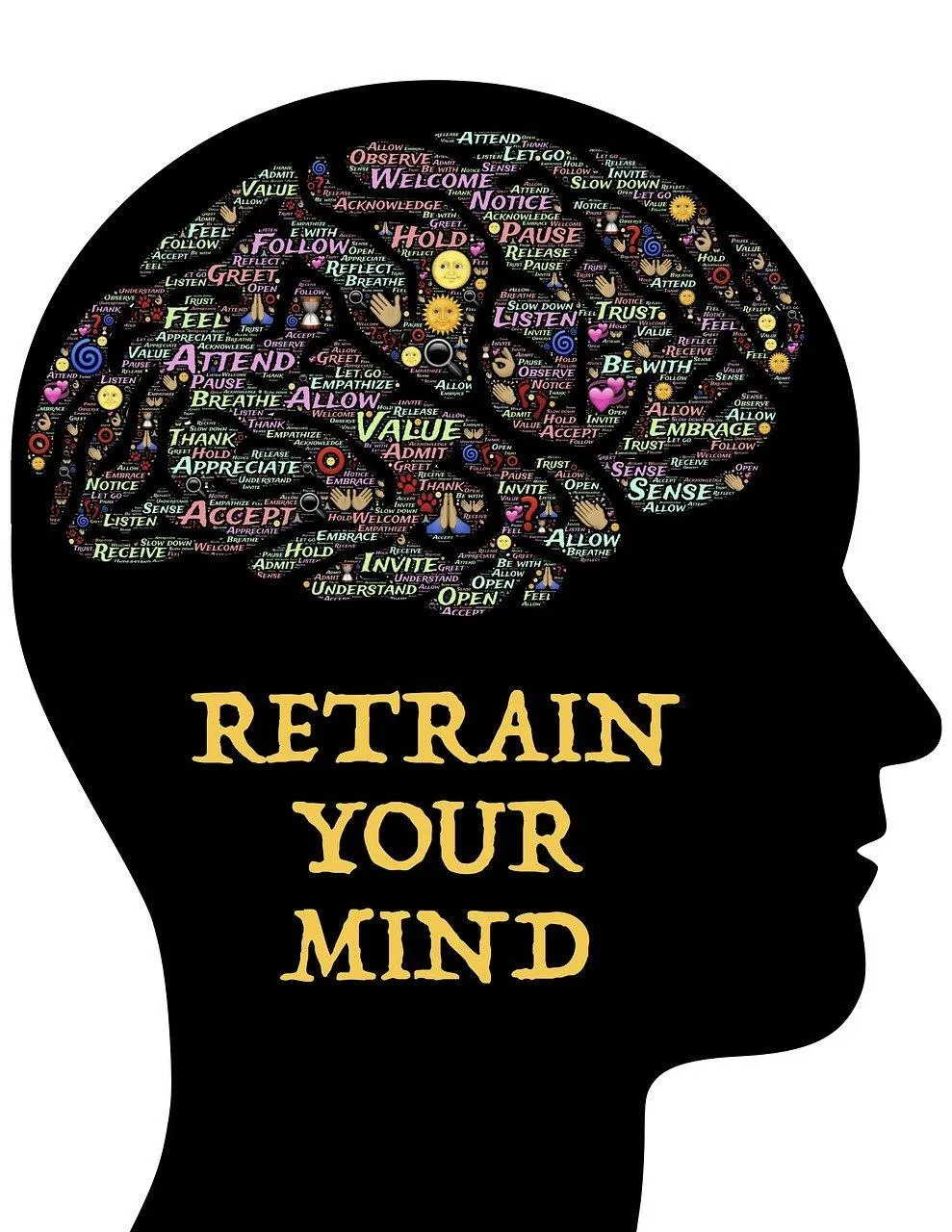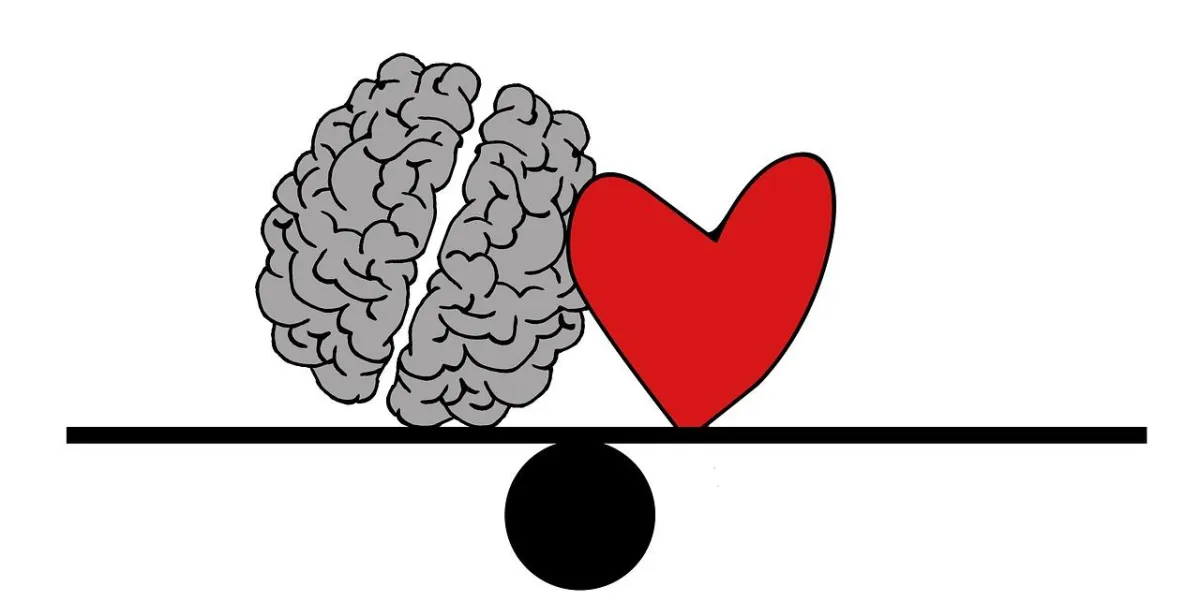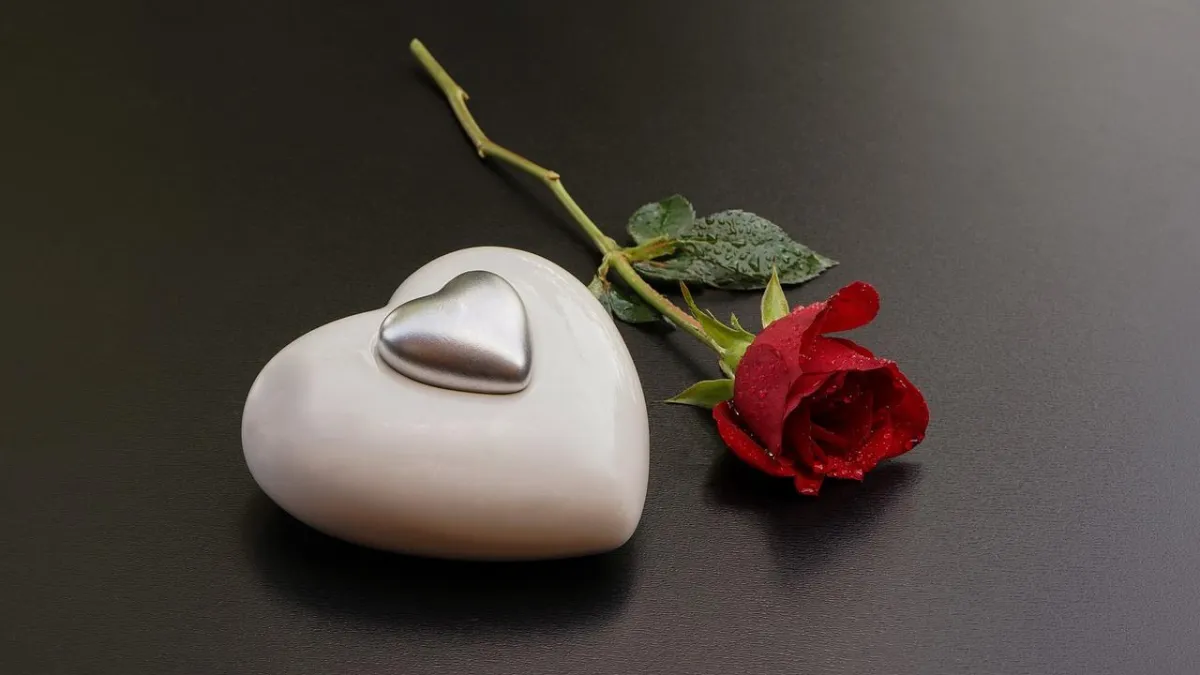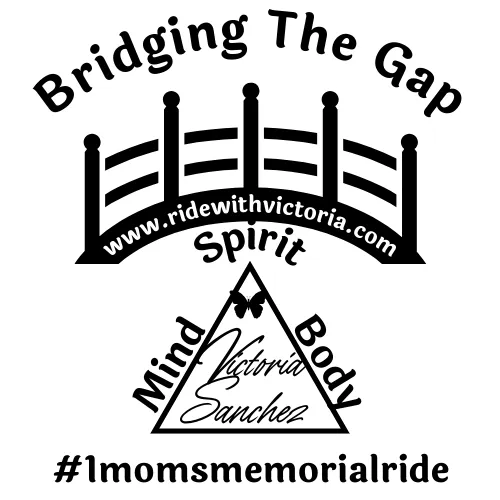Ms.TREE Blog


Feng Shui & Bed Placement: The Best Directions for Health, Wealth & Love (Published Feb 7, 2025 at 12:54 PM)
Feng Shui & Bed Placement: The Best Directions for Health, Wealth & Love
"Did you know the direction your bed faces can impact your health, sleep, and even your success in life? In this blog, we’re diving deep into Feng Shui wisdom to uncover the best (and worst) bed placements—and how they affect your well-being!"
1. The Best Bed Directions & Their Effects on Life & Health
🔹 North (Water Element - Deep Healing & Longevity)
✅ Health Benefits:
Encourages deep, restorative sleep. Supports immune system recovery. Ideal for those dealing with stress, anxiety, or insomnia.
❌ Disadvantages: Can make you feel overly passive or unmotivated. Not recommended for highly ambitious individuals who need more energy.
🔹 South (Fire Element - Passion & Circulation Boost)
✅ Health Benefits:
Boosts metabolism and circulation. Increases motivation and mental alertness. Enhances creativity and passion in life.❌ Disadvantages: Can cause restlessness and sleep disturbances. Not ideal for those prone to anxiety or high blood pressure.
🔹 East (Wood Element - Energy & Youthful Vitality)
✅ Health Benefits:
Encourages an active lifestyle and reduces fatigue. Supports lung and liver health. Best for young professionals, students, and those seeking fresh starts.
❌ Disadvantages: May lead to hyperactivity, making it harder to relax. Not ideal for those needing deep, undisturbed sleep.
🔹 West (Metal Element - Relaxation & Hormonal Balance)
✅ Health Benefits:
Improves sleep quality and relaxation. Balances emotions and hormone levels. Ideal for those recovering from burnout or emotional stress.
❌ Disadvantages: Can make people too relaxed or complacent. May slow career and motivation.
2. The Worst Bed Placements & Their Negative Health Effects
❌ Bed Facing the Door (Coffin Position) - High Stress & Energy Drain
Increases anxiety and sleep disruptions. Drains life energy (Qi), leading to exhaustion and vulnerability to illness. Can cause frequent nightmares or feeling “on edge.”
❌ Bed Under a Window - Poor Sleep & Low Immunity
Causes restless sleep due to unstable energy flow. Exposure to drafts can lead to colds, allergies, or weakened immunity. Lack of protection leaves you emotionally and physically drained.
❌ Bed Against a Shared Wall with Bathroom/Kitchen - Digestive & Nervous System Issues
Water pipes can create disruptive energy, leading to poor digestion and kidney problems. Excessive fire energy from a kitchen can cause irritability and insomnia. Can contribute to stress-related health issues over time.
3. Feng Shui Fixes for Healthier Sleep & Energy Flow
✨ If you can't move your bed, try these fixes:
Solid headboard: Provides stability and protects energy.
Bedside tables on both sides: Creates balance and harmony.
Clear space under the bed: Allows Qi (life energy) to flow properly.
Use grounding crystals: Black tourmaline or amethyst for protection and better sleep. Soft lighting & natural fabrics: Enhance relaxation and emotional well-being.
"Have you noticed how your bed’s position affects your sleep and energy? Try adjusting it and let me know what changes you experience in the comments! If this blog helped, like and subscribe for more Feng Shui insights!"
By: Victoria Lynn Sanchez

Elevate Your New Year: (“Unleashing the Power of SMART Goals, Lunar Alignment, Biorhythms, Circadian Rhythms, and Holistic Conscious 5D Mindset") (Published Jan 4 at 3:58 PM)
As we step into the new year, it's the perfect time to embark on a transformative journey of self-discovery and growth. This year, let's embrace a holistic approach that aligns our goals with the natural rhythms of the universe. By combining SMART goals with lunar cycles, biorhythms, circadian rhythms, and a conscious 5D mindset, we can unlock our fullest potential and create a life that resonates with our truest selves.
Setting SMART Goals:
SMART goals provide a structured framework for goal-setting, ensuring they are Specific, Measurable, Achievable, Relevant, and Time-bound. Start by defining clear objectives for the year, breaking them down into smaller, achievable milestones. This precision allows you to navigate your journey with focus and purpose, setting the stage for success.
Lunar Alignment:
The moon's cycles have long been associated with transformation and renewal. Aligning your goals with the lunar calendar adds a dynamic layer to your journey. Use the new moon for intention-setting and initiating new projects, and the full moon for reflection, release, and celebration. This cosmic connection can amplify your efforts and enhance your manifestation abilities.
Biorhythms and Circadian Rhythms:
Understanding your own biorhythms – physical, emotional, and intellectual cycles – can help you optimize your daily activities. Syncing these cycles with your circadian rhythm, your body's natural sleep-wake cycle promotes overall well-being. When you're in harmony with your body's natural rhythms, you'll find increased energy, focus, and productivity to propel you towards your goals.
Holistic Conscious 5D Mindset:
Embrace a 5D mindset that transcends the conventional three-dimensional perspective. This holistic approach acknowledges the interconnectedness of mind, body, and spirit, emphasizing love, compassion, and unity. Aligning your goals with this elevated consciousness opens the door to limitless possibilities, fostering a deeper connection with yourself and the world around you.
As you embark on this transformative journey into the new year, weave together the power of SMART goals, lunar alignment, biorhythms, circadian rhythms, and a holistic conscious 5D mindset. By doing so, you'll tap into the vast potential within yourself and align with the natural rhythms of the universe. Remember, this journey is not just about achieving external success but also about nurturing your inner self and creating a life that resonates with your authentic being. Embrace the magic of the new year and let your consciousness soar to new heights.
By: Victoria Lynn Sanchez

Interesting Information On The Brain And Psychology. (Published Dec 1, 2023 at 12:30 PM)
First, let's talk about the four dimensions of the brain. The brain can be thought of as having four dimensions: length, width, depth, and time. The length, width, and depth of the brain refer to its physical structure, while the dimension of time refers to the brain's ability to process information and change over time.
In terms of neuroscience, Dr. Bruce Lipton is a well-known figure in the field of epigenetics, which studies how genes are expressed and regulated. He has conducted research on how environmental factors can influence gene expression and has written several books on the topic.
One interesting aspect of Dr. Lipton's work is his exploration of the role of the subconscious mind in shaping our behavior and beliefs. He has argued that much of our behavior is driven by subconscious programming that we are unaware of and that we can change this programming through techniques such as hypnosis and meditation.
Turning to Ayurveda, this ancient system of medicine from India has many insights into the mind-body connection. According to Ayurvedic philosophy, the mind and body are intimately connected, and imbalances in the mind can lead to physical ailments.
One key concept in Ayurveda is the idea of doshas, or the three fundamental energies that govern the body: vata, pitta, and kapha. Each person has a unique combination of these energies, which can influence their physical and psychological tendencies.
For example, someone with a predominance of the vata dosha may be more prone to anxiety and restlessness, while someone with a predominance of the kapha dosha may be more prone to lethargy and depression. Ayurvedic treatments aim to balance these doshas through diet, lifestyle changes, and herbal remedies.
In conclusion, the brain is a complex and fascinating organ that operates in four dimensions, and researchers like Dr. Bruce Lipton are making exciting discoveries about its workings. Meanwhile, ancient systems of medicine like Ayurveda offer valuable insights into the mind-body connection and how we can achieve balance and well-being.
~ Victoria Lynn Sanchez

Heart-Brain Coherence (Published Nov 5, 2023 at 3:31 AM)
Grief and trauma can have a major impact on our mental and physical health, including our heart-brain coherence. Heart-brain coherence refers to the synchronization of our heart rate variability and our brain wave patterns, which is associated with feelings of well-being and emotional self-regulation.
When we experience grief or trauma, it can cause significant stress on our body and mind, resulting in a decrease in heart-brain coherence. This can lead to a range of physical and mental health problems, including anxiety, depression, and cardiovascular disease.
However, there are techniques that can help improve heart-brain coherence and promote healing in the face of grief and trauma. One technique is a heart-brain deep breathing meditation to improve the synchronization between the heart and the brain.
Another effective approach is the use of biofeedback, which provides real-time feedback on heart rate variability and helps individuals learn to regulate their emotional and physiological responses. This can be especially helpful for those dealing with trauma or grief, as it can help them regain control over their emotions and promote a sense of calm and well-being.
In conclusion, while grief and trauma can have a significant impact on our mental and physical health, there are techniques that can help improve heart-brain coherence and promote healing. By practicing techniques like a heart-brain deep breathing meditation and biofeedback, individuals can take an active role in their own healing and well-being.
~Victoria Lynn Sanchez

Navigating Through Grief and Trauma: Insights from Tony Robbins and Dr. Joe Dispenza (Published Oct 19, 2023 at 5:19 PM)
Grief and trauma are an inevitable part of life. Whether it’s the loss of a loved one, a painful breakup, or a traumatic event, these experiences can leave us feeling lost, confused, and overwhelmed. But how do we navigate through these difficult times and emerge stronger on the other side? In this article, we’ll explore some insights from two leading experts in personal development: Tony Robbins and Dr. Joe Dispenza.
Tony Robbins is a world-renowned motivational speaker and life coach who has helped millions of people overcome their limiting beliefs and achieve their goals. Dr. Joe Dispenza is a neuroscientist, chiropractor, and author who specializes in the relationship between the mind and the body. Together, their insights can help us navigate through grief and trauma and find meaning in our pain.
Acknowledge Your Pain
The first step in navigating through grief and trauma is to acknowledge your pain. As Tony Robbins often says, “You can’t heal what you don’t acknowledge.” It’s important to allow yourself to feel the pain, sadness, and grief that comes with these experiences. Don’t suppress your emotions or try to numb the pain with distractions. Instead, allow yourself to fully experience the emotions and learn from them.
Reframe Your Story
The next step is to reframe your story. This is where Dr. Joe Dispenza’s work comes in. According to Dispenza, our thoughts and emotions are connected to our physical bodies. When we experience a traumatic event, our brain creates neural pathways that are associated with the pain and fear we felt. These pathways can become ingrained in our brains and bodies, leading to chronic pain, anxiety, and depression.
To break free from these patterns, Dispenza recommends reframing our story. Instead of dwelling on the pain and trauma, focus on the lessons you’ve learned and the person you’ve become as a result of your experiences. This can help create new neural pathways in your brain that are associated with growth, healing, and positivity.
Take Action
The final step is to take action. Tony Robbins is a big believer in taking massive action to achieve your goals. When it comes to navigating through grief and trauma, this means taking action to heal and grow. This could involve seeking professional help, joining a support group, practicing meditation and mindfulness, or engaging in activities that bring you joy and fulfillment.
Ultimately, navigating through grief and trauma is a journey, not a destination. It takes time, patience, and a willingness to learn and grow. By acknowledging your pain, reframing your story, and taking action, you can emerge from these experiences stronger, more resilient, and more compassionate than ever before.
~ Victoria Lynn Sanchez

Radical Forgiveness: The Path to Freedom and Inner Peace (Published Nov 5, 2023 at 3:31 AM)
Forgiveness is one of the most powerful and transformative practices we can engage in. It is a process that allows us to let go of anger, resentment, and pain, and move towards healing and inner peace. But forgiveness can also be one of the most challenging practices to cultivate, especially when we feel deeply hurt or betrayed by someone.
That's where radical forgiveness comes in. Radical forgiveness is a spiritual approach to forgiveness that goes beyond the traditional notions of forgiveness. It is a process of releasing anger, resentment, and pain, not just towards the person who hurt us, but towards the situation or circumstance that caused the hurt.
Radical forgiveness is based on the idea that everything that happens in our lives, no matter how painful or difficult, is part of our soul's journey and serves a higher purpose. It invites us to see the bigger picture and to view the people and situations that cause us pain as opportunities for growth and learning.
The process of radical forgiveness involves several steps:
Acknowledge the pain and hurt: The first step in radical forgiveness is to acknowledge the pain and hurt that we feel. We need to allow ourselves to feel the emotions and express them in a healthy way, whether it be through journaling, talking to a friend or therapist, or engaging in a physical activity.
Shift the perspective: The next step is to shift our perspective and view the situation from a higher perspective. We need to ask ourselves, "What is the lesson or opportunity for growth in this situation?" This helps us to see the situation as part of our soul's journey and to detach from the pain and hurt.
Release the anger and resentment: The third step is to release the anger and resentment towards the person or situation that caused the pain. We can do this through a forgiveness ceremony, where we write a letter to the person or situation, expressing our forgiveness and releasing the pain.
Practice self-compassion: The final step is to practice self-compassion and self-forgiveness. We need to recognize that we are human and that we make mistakes. We also need to acknowledge the pain that we have caused others and forgive ourselves for it.
Radical forgiveness is a process that requires time, patience, and commitment. It is not a one-time event but a continuous practice that we need to cultivate in our lives. But the rewards of radical forgiveness are immense. It allows us to let go of the past and move towards a future filled with freedom, inner peace, and love.
In conclusion, if you are struggling with forgiveness, consider practicing radical forgiveness. It can help you to see the bigger picture, release the pain and hurt, and move towards healing and inner peace. Remember, forgiveness is not just for the other person, but for yourself as well. It is a gift that you give yourself, and it is never too late to start the journey towards forgiveness.
~ Victoria Lynn Sanchez
